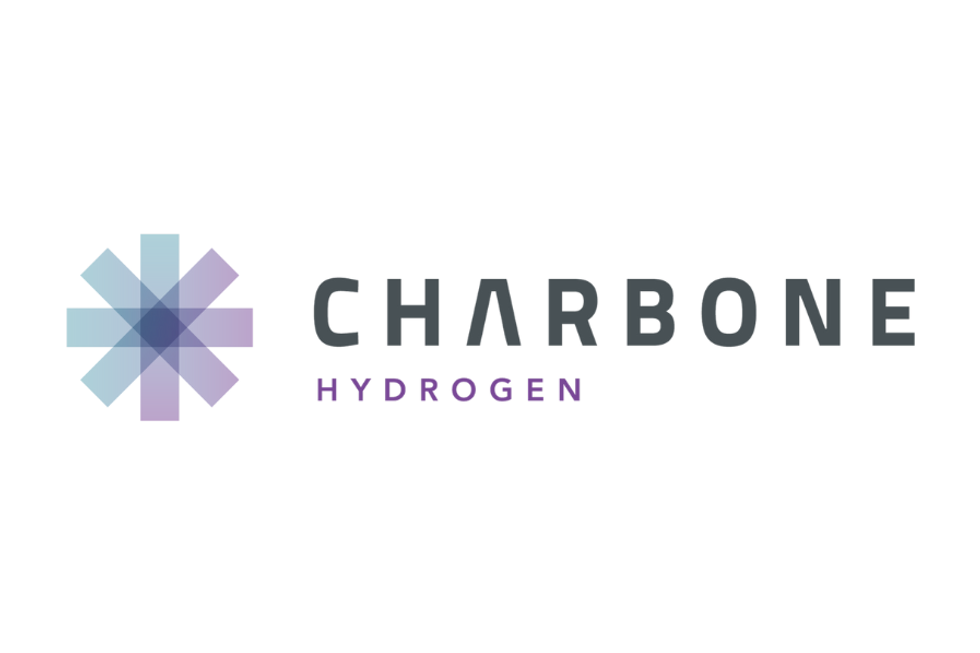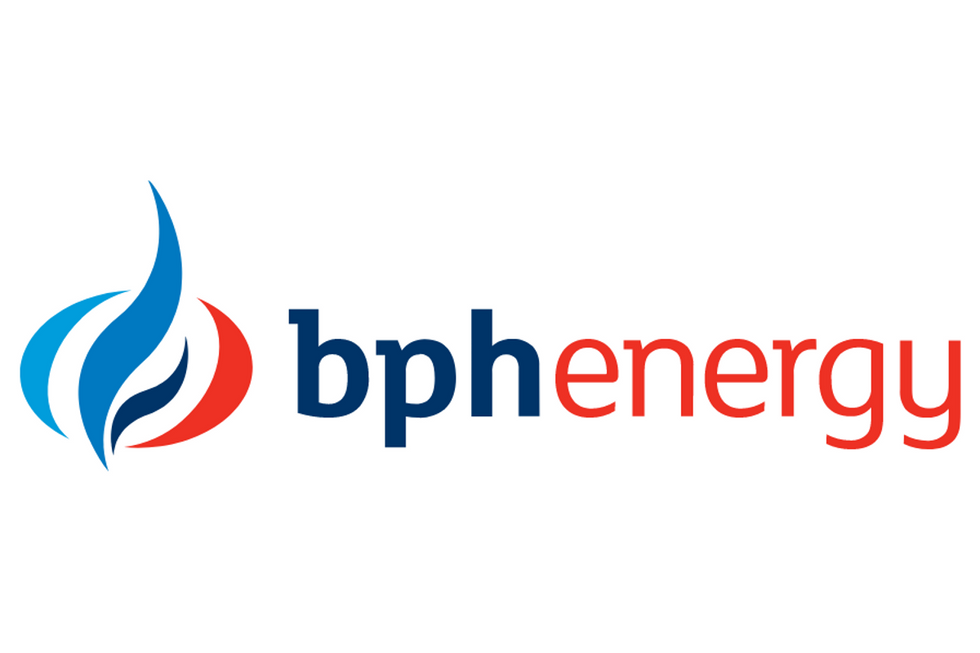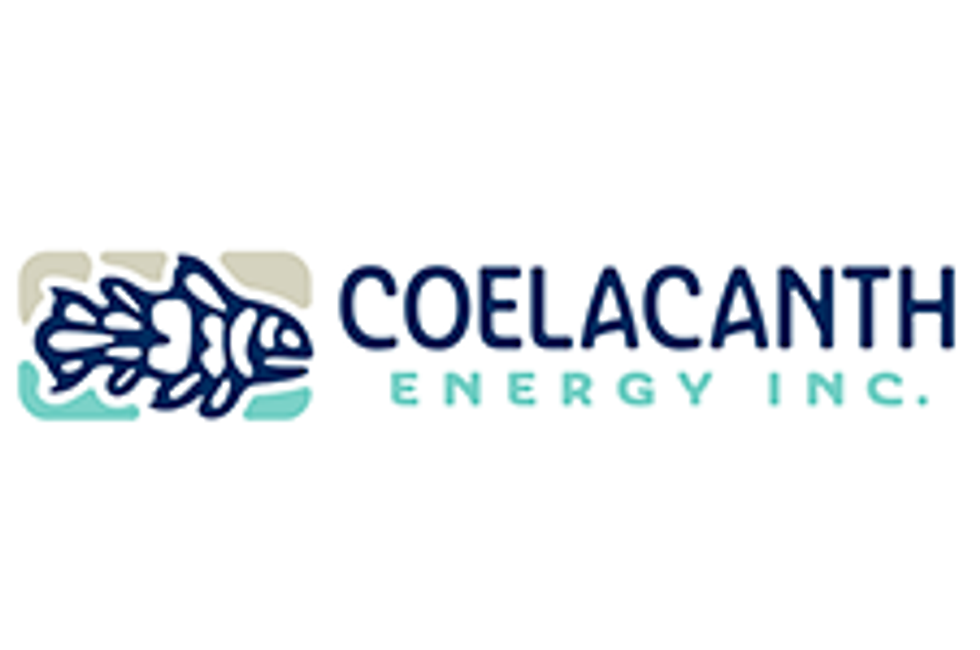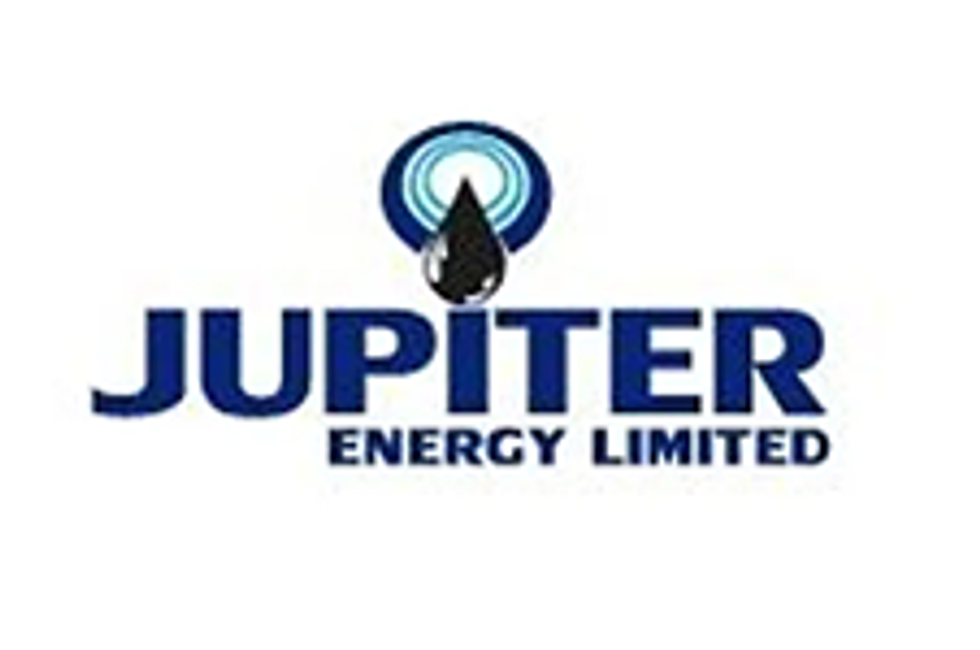IEA: World Energy Investment to Hit US$3.3 Trillion in 2025
Despite global uncertainty, the International Energy Agency's latest report shows that clean energy investment is surging.
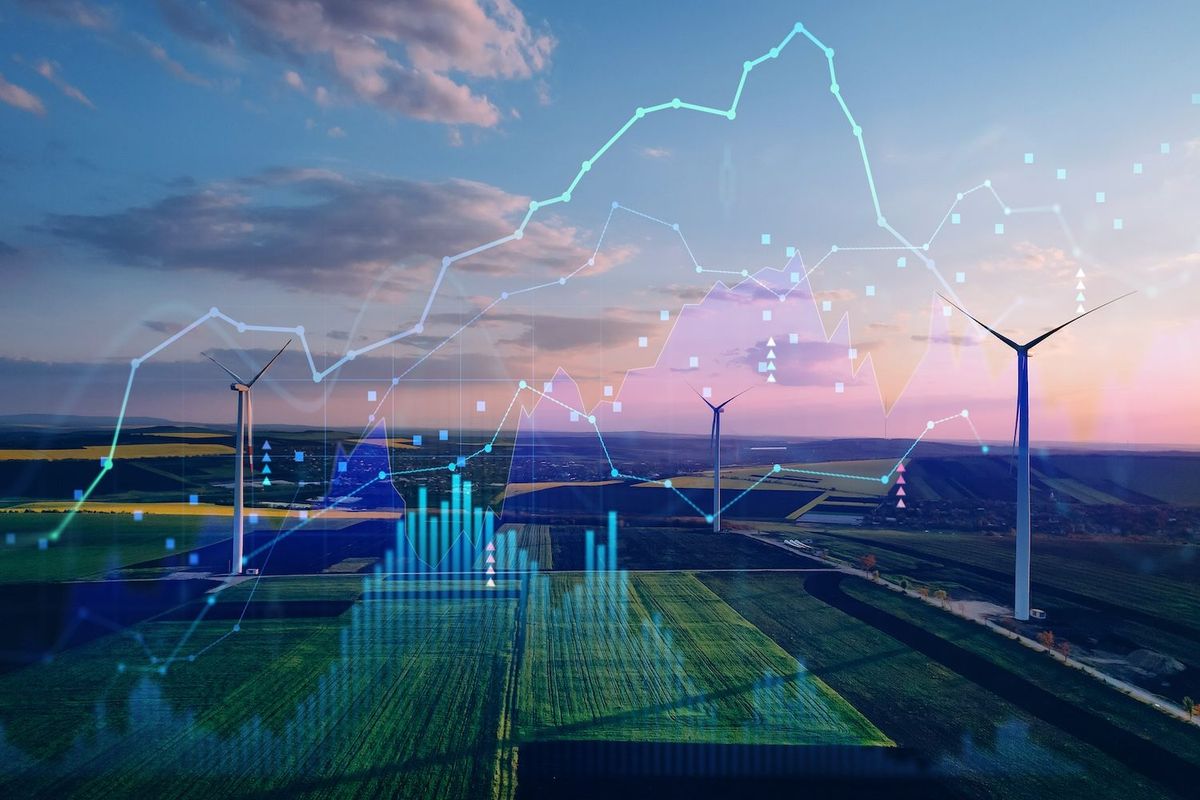
Despite geopolitical and macroeconomic headwinds, global energy investment is expected to rise to an unprecedented US$3.3 trillion in 2025, according to the International Energy Agency (IEA).
The bulk of that capital — US$2.2 trillion — will go to clean energy technologies, including renewables, grids, storage, nuclear and efficiency initiatives, signaling the accelerating dominance of the so-called “Age of Electricity.”
This marks a 2 percent real-term increase from 2024, and, more significantly, it reflects a decisive structural shift.
For the first time in history, global investment in electricity is set to more than double that of fossil fuels, which are expected to receive only US$1.1 trillion in total funding next year.
“Ten years ago, investments in fossil fuel supply were 30 percent higher than those for electricity generation, grids and storage,” the IEA notes in a new report. “Today, these positions are reversed.”
China, US and Europe lead the charge
The report identifies three geopolitical regions that have been chiefly responsible for the surge in clean energy investment over the past five years: China, Europe and the US.
China alone accounts for nearly one-third of global clean energy investment, up from one-quarter a decade ago.
The Asian nation's strategy is shaped by a mix of industrial policy, energy security concerns and a desire to lead in cleantech manufacturing. The IEA notes that Chinese solar panel exports to developing economies surged in early 2025, overtaking shipments to advanced economies. Pakistan, for instance, imported 19 gigawatts worth of solar panels from China in 2024 — about half of its grid-connected capacity.
Meanwhile, Europe has scrambled to accelerate renewable and efficiency spending following Russia’s 2022 invasion of Ukraine and the subsequent cut in natural gas deliveries.
The continent's response has focused heavily on electrification and energy independence.
In the US, the Inflation Reduction Act and other incentives have driven a near doubling of clean energy investment in the last decade. However, the IEA warns this momentum may plateau as federal support measures are scaled back.
Solar dominates, but grid investment lags
Solar power remains the world’s standout investment magnet.
Spending on photovoltaics (PV) — both utility scale and rooftop — is expected to reach US$450 billion in 2025, making it the largest single item in global energy investment.
This surge is being driven by plunging tech costs and intense supplier competition, particularly from Chinese firms.
Battery storage for the power sector is also gaining traction, with investment projected at US$66 billion. Yet despite these advances, a critical bottleneck remains: power grids.
“Maintaining electricity security amid rising electricity use requires a rapid increase in grid spending, moving towards parity with the amount spent on generation,” the IEA cautions.
At present, just US$400 billion is allocated annually to grid infrastructure — less than half of what goes to generation assets. Barriers include long permitting times, strained supply chains for transformers and cables and financial stress on utilities, especially in developing nations.
Fossil fuel investment slumps
Investment in upstream oil is set to fall by 6 percent in 2025, the first annual drop since the 2020 pandemic slump and the steepest since 2016. The IEA attributes this decline to softening oil prices and weaker investor sentiment.
Refining investment is also shrinking, set to hit its lowest point in a decade.
The US shale sector, once a barometer for oil market optimism, is expected to reduce spending by nearly 10 percent in 2025, although production may still inch upward due to cost cutting and recent consolidations.
On the other hand, natural gas investments are more resilient. Final investment decisions (FIDs) for gas-fired power generation have rebounded, with the US and Middle East accounting for nearly half of global FIDs.
Spending on LNG infrastructure is also on an upswing, fueled by major new projects in the US, Qatar and Canada. Between 2026 and 2028, the IEA projects some of the largest ever annual expansions in LNG export capacity.
Electrification and end-use efficiency rising
The global shift to electric vehicle (EVs), heat pumps and smart appliances is reshaping end-use energy investment, now expected to reach US$800 billion in 2025. EV adoption is a major factor in this rise, especially in China, where many EV models are now price competitive with traditional combustion engines.
Buildings investment, however, is being dragged down by a sluggish construction sector, particularly in China. This is partly offset by rising demand for efficient appliances and cooling systems amid global temperature increases.
Furthermore, the IEA notes that the cost of many clean technologies has resumed a downward trend.
The IEA’s Clean Energy Equipment Price Index hit a record low in early 2024, with solar and wind components from China seeing price drops of 60 and 50 percent, respectively, since 2022.
Yet inflation looms in other sectors. Grid material costs have nearly doubled in five years, and oil and gas upstream costs are forecast to rise 3 percent in 2025. US developers are facing additional cost pressures due to rising tariffs on imported steel and aluminum.
World not yet on track for COP28 goals
Despite historic investment levels, the IEA warns that the world is still not on track to meet the tripling of renewable power capacity pledged at COP28. To reach those targets, annual investments in renewables must double, and efficiency and electrification spending must nearly triple within five years.
“Efforts to reduce the cost of capital need to be the cornerstone of the ‘Baku to Belem Roadmap’ launched at COP29,” the organization's report concludes, referencing a plan to mobilize at least US$1.3 trillion for low-emissions projects in developing economies by 2035.
With the world entering a new phase of electrification and energy transition, the IEA emphasizes that the challenge is no longer just innovation — but scale, equity and speed.
Don’t forget to follow us @INN_Resource for real-time updates!
Securities Disclosure: I, Giann Liguid, hold no direct investment interest in any company mentioned in this article.
- Top 10 Countries for Natural Gas Production ›
- 10 Top Oil-producing Countries ›
- US Electricity Demand to Surge — Nuclear Energy Key, but Supply Challenges Remain ›

